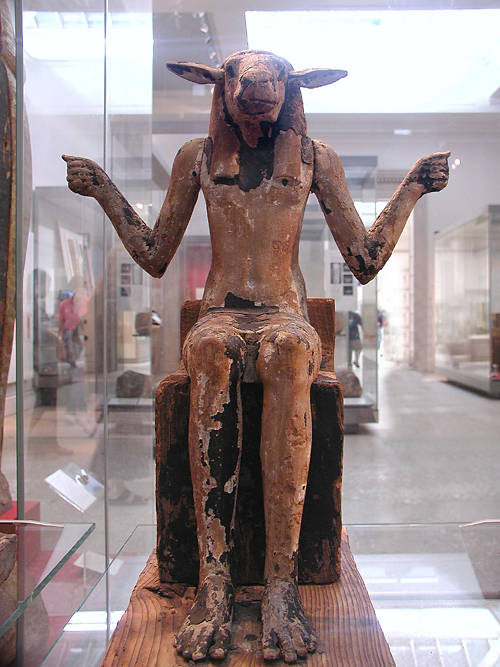
Egyptian ram-headed Demon from a royal tomb in the Valley of the Kings, Thebes, Egypt, 1325 B.C.E. The hands probably held two snakes. Image: Jon Bodsworth



Egyptian ram-headed Demon from a royal tomb in the Valley of the Kings, Thebes, Egypt, 1325 B.C.E. The hands probably held two snakes. Image: Jon Bodsworth
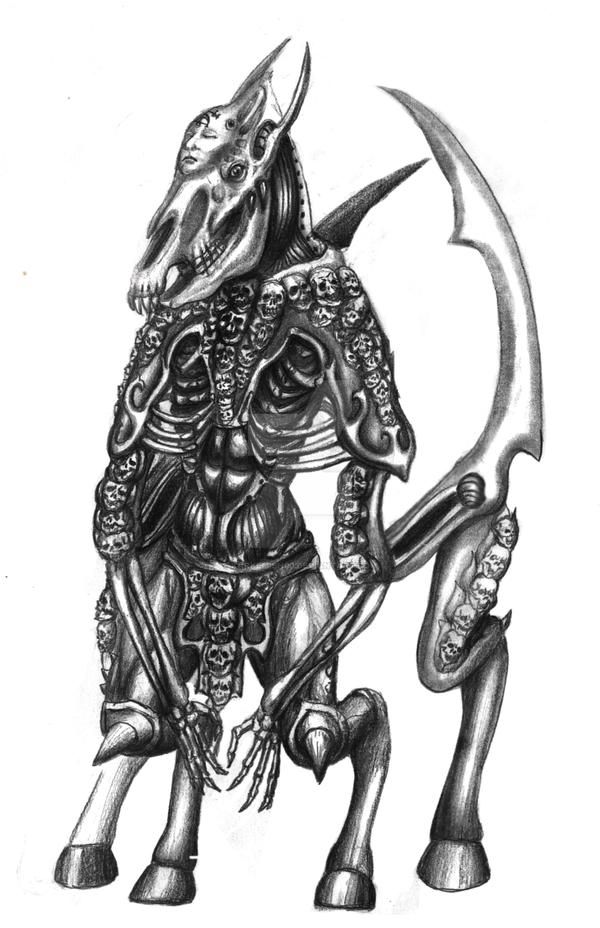
Gamigin is a marquis of hell, and commands 130,000 lesser demons, or more. He has the power of necromancy, and can summons soul that drowned in the ocean, for sure-fire interrogation. He appears as a horse or a man. Image: karkemish00 on Deviant Art, CC-BY-NC-ND
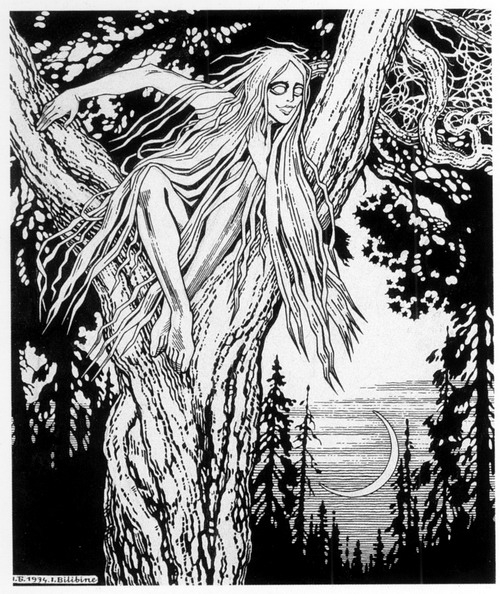
Rusalkas are water spirits from Slavic folklore, who appear as a pretty young girls with long hair. In some versions of lore, Rusalkas are the souls of drowned women or unclean spirits who lure men into water, and drown them by entangling their body with their long red hair. Image: Ivan Bilibin
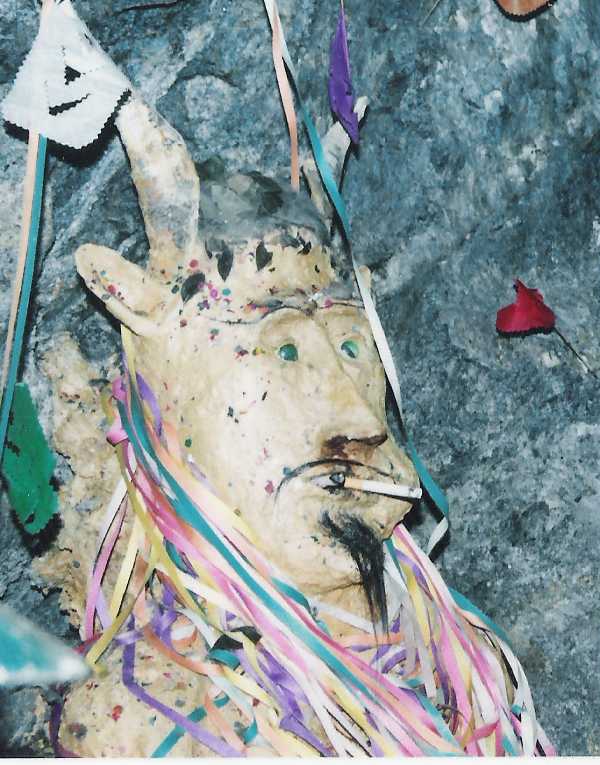
El Tío (The Uncle) is the devil-like spirit who rules over the mines of Cerro Rico in Bolivia. Statues of this “Lord of the Underworld” can be found all throughout Cerro Ricco’s mines, with offerings like cigarettes, coca leaves, and alcohol left for protection and appeasement.
“Miners may be Christians when above ground, but when in the mine, El Tio is their only god.”
Images: SHIBUYA K, Erik Duinkerken, Jofrigerio, Harry en Marleen

Pazuzu (𒀭𒅆𒊒𒍪𒍪) is the ancient Mesopotamian king of wind demons. He’s responsible for storms, drought, famine, and locusts. Though evil himself, Pazuzu is invoked on amulets to drive away other evil spirits, like the malicious goddess Lamashtu. He’s also the spirit that supposedly possessed Regan in the film, The Exorcist. Image: World Imaging/PHGCOM on Wikimedia Commons
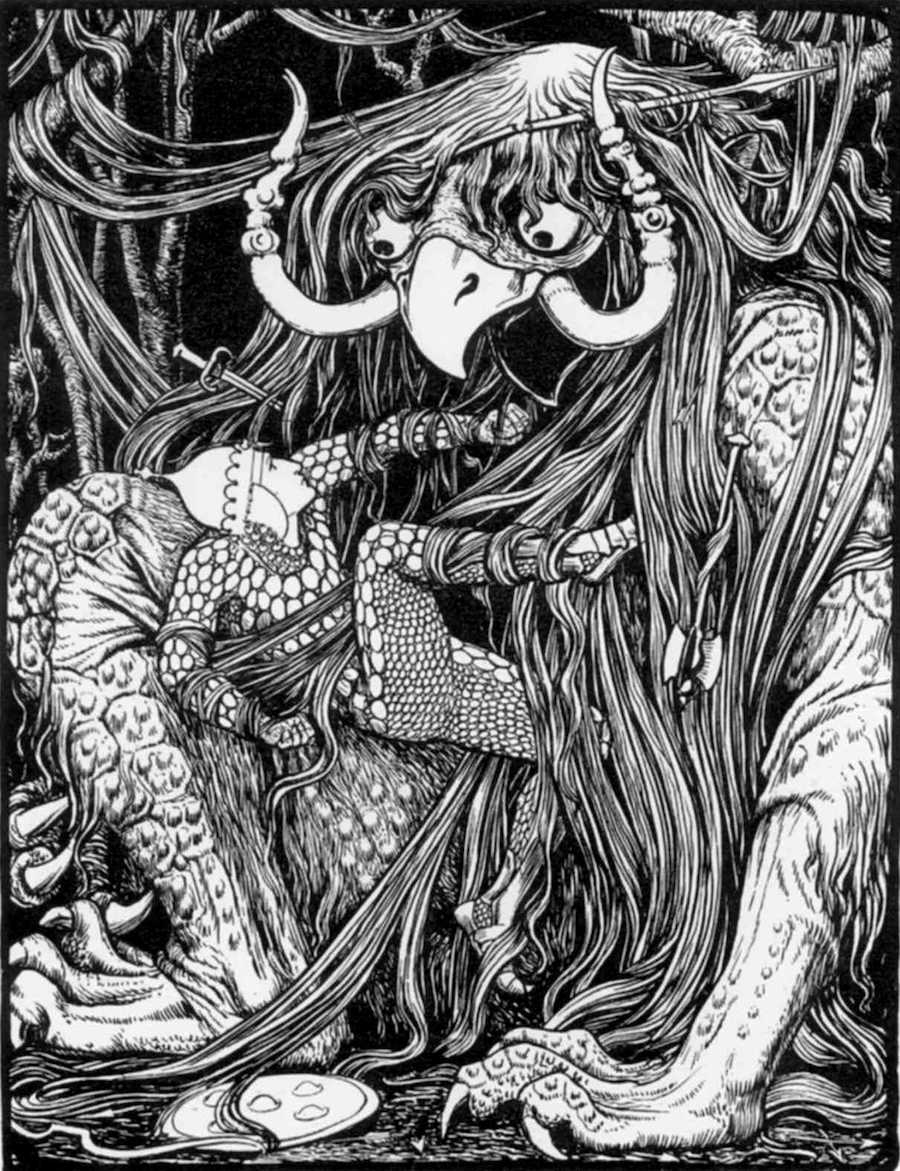
In an Indian folktale, a Bodhisatta, known as the Prince of the Five Weapons, meets a demon, known as The Demon with Matted Hair, in a forest. Before it could devour him, the prince defeats the demon with discourse and reason, and turns him benevolent. Image: John Batten, 1892
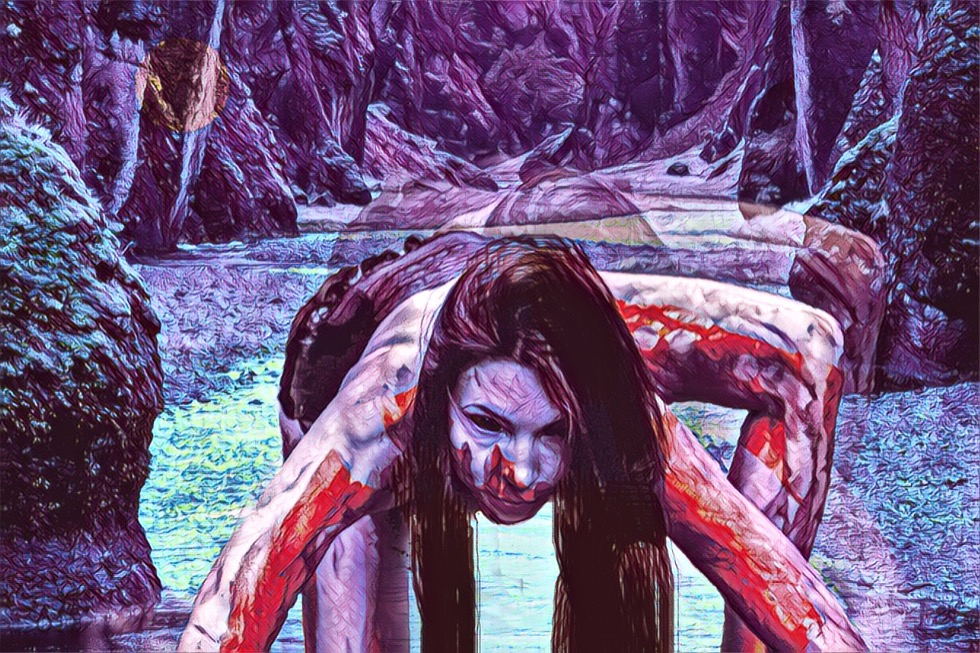
The āl, from Middle Eastern folklore, is a lilitu-like demon that steals embryos from pregnant women, or the organs of a woman who has just given birth. After doing so, the āl will run toward a river, or the nearest body of water to wash the stolen organs, before eating them. To prevent the creature from crossing, you must stir the water with a stick or sword before she’s finished.
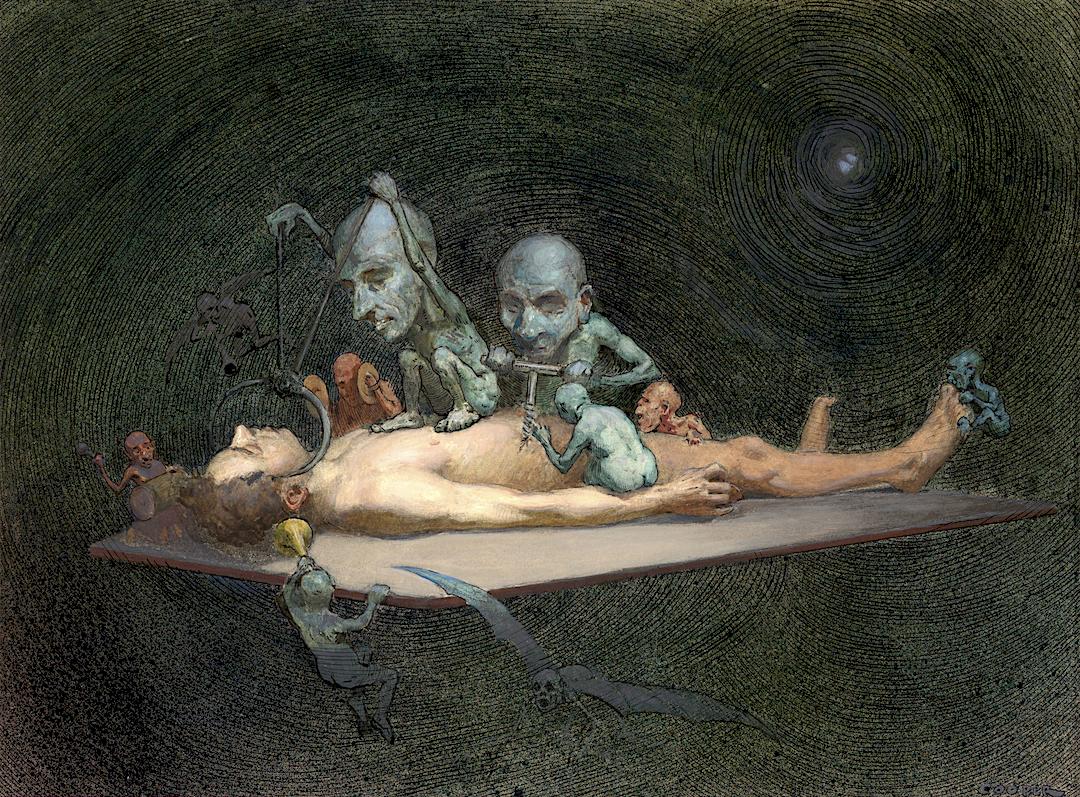
Henry Wellcome commissioned this watercolor from R. Cooper in 1912, depicting an unconscious man being attacked by demons with surgical instruments. The painting is meant to represent the effects of chloroform on the human body. Source: The Wellcome Collection
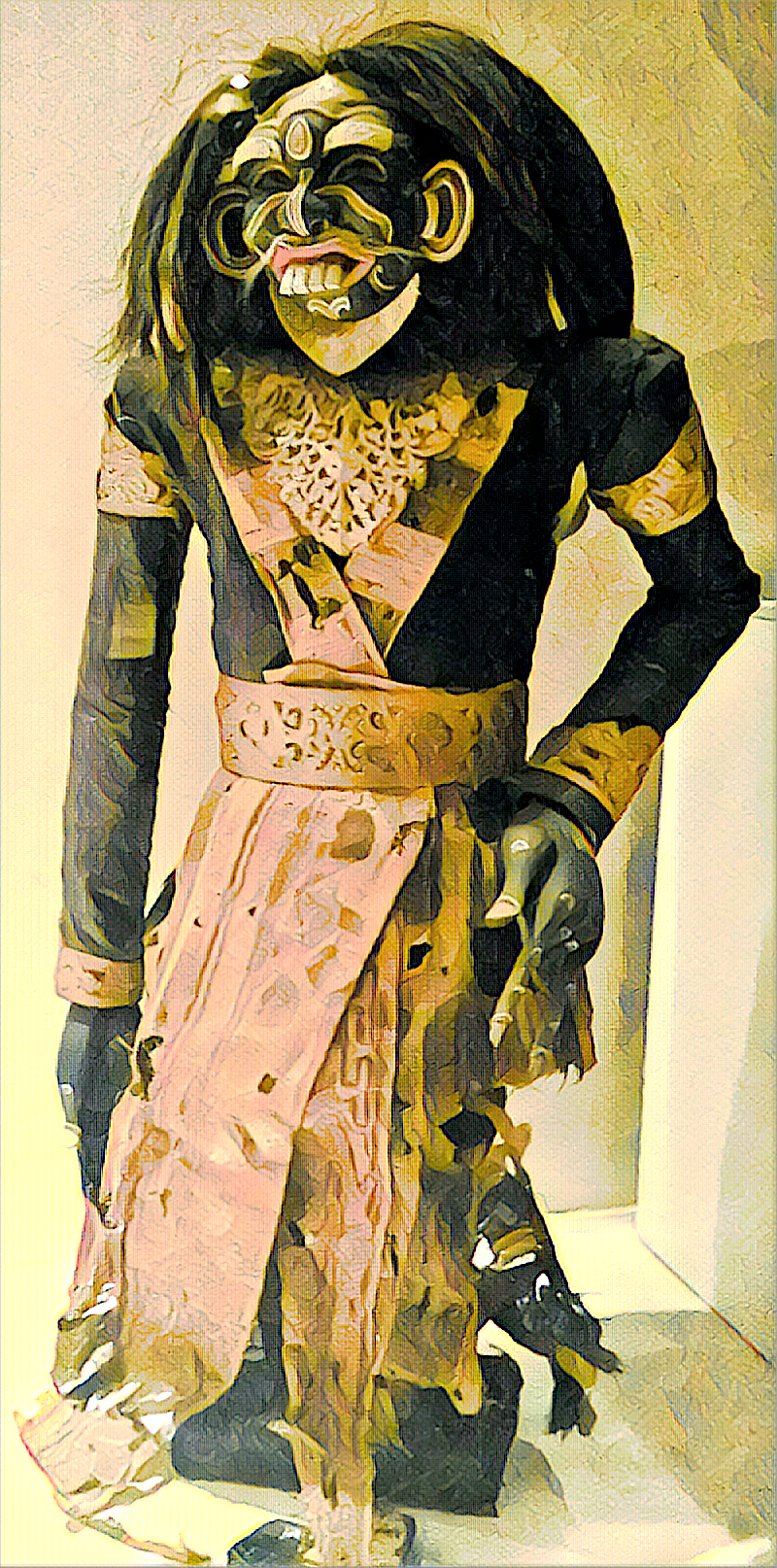
Barong is the benevolent king of the spirits in Balinese mythology, and the enemy of Rangda, the demon queen. In Bali, each region of the island has its own version of Barong modeled after different animals, including a lion, pig, and tiger. Image: an edit of work by Beeyan on Wikimedia Commons, CC BY-SA
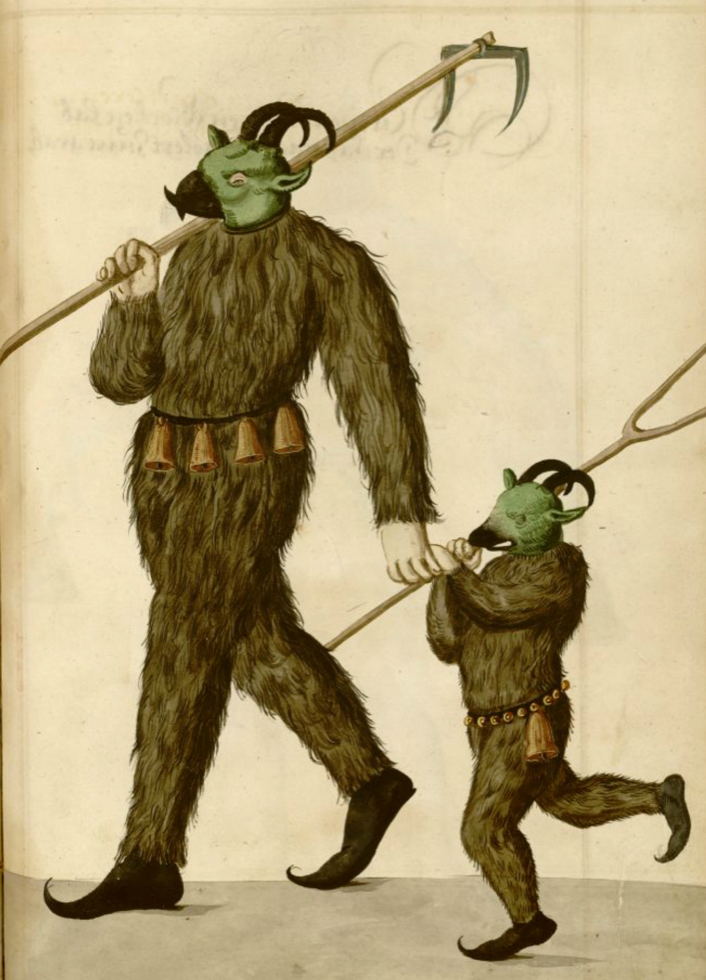
Demon costumes from the Nuremberg’s Schembart Carnival. The carnival was popular in the 15th century, with its parade of elaborate costumes and huge ships on runners, known as “Hells.” It ended after 90 years following a famous preacher’s complaint. From Schempart Buech, 1590. Source: UCLA Library Digital Collections.